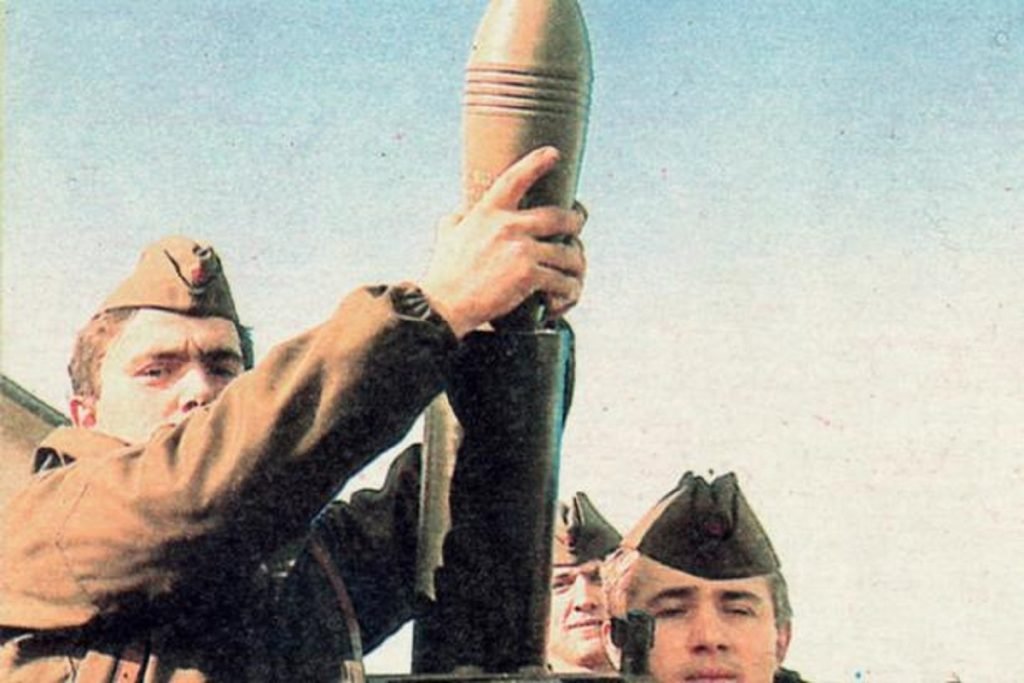On 24 November 1991, the Yugoslav People’s Army occupied Čepikuće, a village on the Dubrovnik coast along the border with Bosnia and Herzegovina.
When the Battle of Dubrovnik began on 1 October, and even moreso when Slano was occupied on 4 October, Čepikuće was the place where the aggressor’s army broke its neck for two months in its attempt to conquer it. Čepikuće had become a mythical and invincible place, the “Herzegovinian Vukovar” as described by journalist Dražen Drašković of the “Pobjeda” newspaper from Podgorica in Montenegro:
Čepikuće. When we first heard that name sometime in the early days of October, our hands were on our heads, gripping the disbelief and pain as our minds sought an answer for the victims of the Herzegovinian war. They have continued to live in each of our texts since then, in each military story, in the mother’s mourning and father’s lament and of course, in our need for revenge.
After new Yugoslav People’s Army (YPA) offensives, the fall of this small village of only 80 households on 24 November 1991 was greeted with general enthusiasm in Montenegro. Interestingly, the “Pobjeda” newspaper dedicated a series of articles to Čepikuće while YPA soldiers enthusiastically sang “Oh, Tuđman, is it possible, that your Čepikuće has fallen?” and it was announced that with the fall of Čepikuće, the path to Zagreb was clear! General Vladimir Boljević especially praised General Radomir Eremija, Commander of the Titograd Corps, for the victory:
Your direct engagement in and command of the attack on Čepikuće is but one example of your personal courage. It was a pleasure to carry out every task for a commander of such unique quality.
After the fall of Čepikuće and occupation of the coast west of Dubrovnik, enemy forces came within reach of Ston. In occupying Ston, the YPA would be able to strategically surround and occupy the Pelješac peninsula and enable easier penetration of its forces into the Neretva Valley. Fortunately, this did not happen and Croatian forces launched a counterattack the following year. One of their first successes in those operations was the liberation of the village of Čepikuće in May 1992.
Magistar sam povijesti. Radno iskustvo stjecao sam u Hrvatskom povijesnom muzeju i na Hrvatskoj radioteleviziji u emisiji TV Kalendar. Autor sam nekoliko knjiga i filmova na temu Domovinskog rata. Osnovao sam i uređujem Facebook stranicu Dogodilo se na današnji dan – Domovinski rat i portal Domovinskirat.hr. Također uređujem i vodim emisiju Domoljubne minute koja se svakog dana emitira na Hrvatskom katoličkom radiju te emisiju Sve za Hrvatsku i Novi valovi dobrote. Vlasnik sam obrta CroHis kojim promičem vrijednosti Domovinskog rata.

